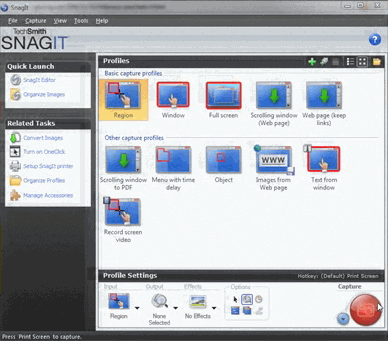With talk about Web 2.0 and Learning 2.0 and Academic vs (&?) Corporate use of individual and engaging learning applications, I am now thinking about the cost issues and ROI.
Now, take a deep breadth — I am not a proponent of measuring ROI, especially with applications that are difficult to even explain to the uninitiated newbies. But, if I wanted to (read between the lines — perhaps my organization won’t do anything without an ROI study), what could I do? It is already enough of a challenge to demonstrate how any expenditure can provide an ROI, especially after Corporate America (to limit my sweeping statement a bit) lost its shirt in the rush to embrace all things eLearning a few years back. With those calculations out the window as really involved and interactive elearning takes much longer to develop (and thus determine its ROI), as per Bryan Chapman whose blog post lists these amounts (which I am reproducing from his ASTD 2008 presentation handout, which he claimed during his session was a bit outdated):
34:1 Instructor-Led Training (ILT), including design, lesson plans, handouts, PowerPoint slides, etc.
33:1 PowerPoint to E-Learning Conversion. Not sure why it takes less time then creating ILT, but that’s what we discovered when surveying 200 companies about this practice
220:1 Standard e-learning which includes presentation, audio, some video, test questions, and 20% interactivity
345:1 Time it takes for online learning publishers to design, create, test and package 3rd party courseware
750:1 Simulations from scratch. Creating highly interactive content
then what do we do?
If we have enough trouble determining pure ROI (meaning a financial return, not the unmeasurable peace of mind knowing the new orientees get the approved HIPAA training and nothing else), then how on earth can we measure successful implementation of Learning 2.0?
Now, off to go and Tweet about this now.

